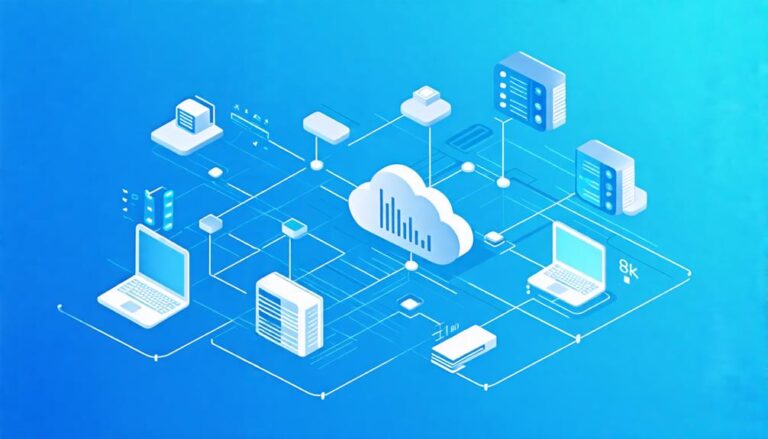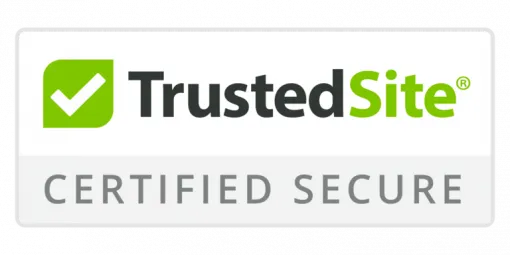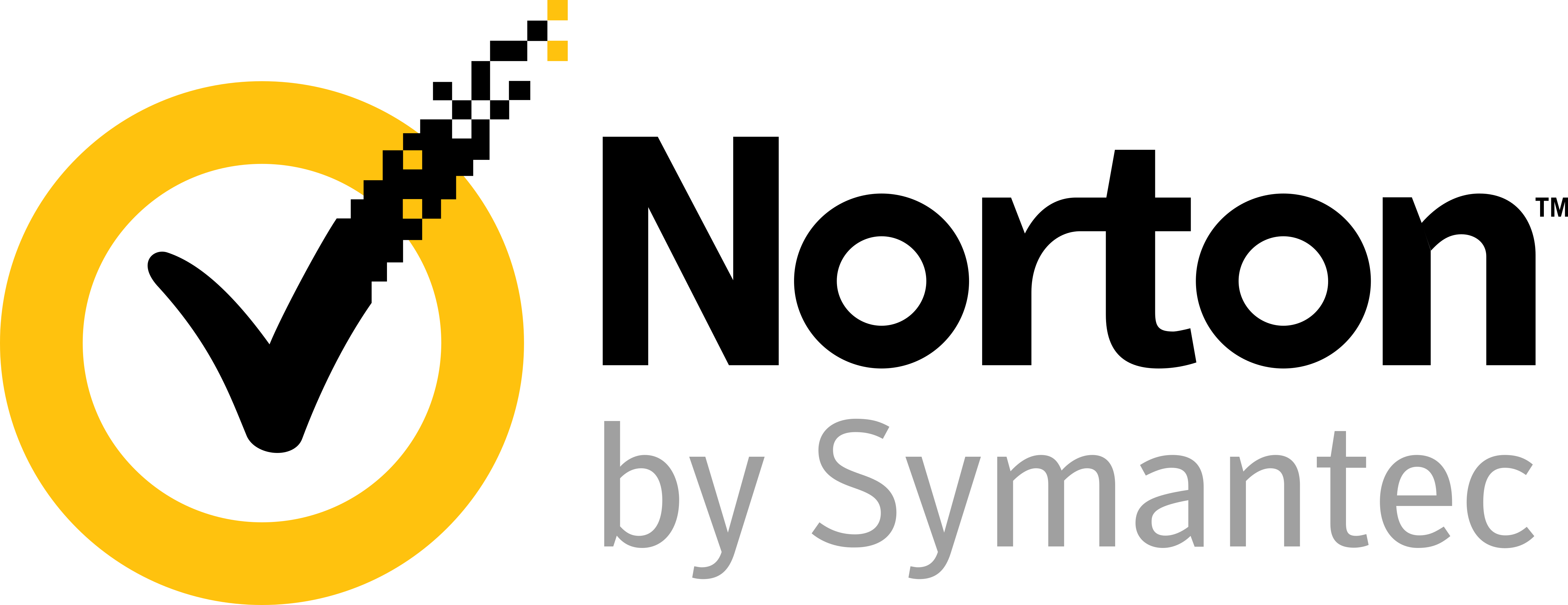Offering microloans on peer-to-peer lending sites involves investing in loans to individuals or small businesses, earning interest on your investment as they repay the loan. Platforms like Lending Club and Prosper facilitate the process, allowing you to browse loan listings, assess borrower creditworthiness, and manage risk through diversification.
To implement this side hustle, follow these steps:
- Choose a peer-to-peer lending platform, such as Lending Club or Prosper, and create an account.
- Fund your account with the amount you wish to invest.
- Browse loan listings, evaluating each borrower's creditworthiness, loan grade, and interest rate.
- Select loans to invest in, spreading your investment across multiple loans to minimize risk.
- Monitor loan performance, tracking borrower payments and adjusting your investment strategy as needed.
- Manage defaults by understanding the platform's default policies and taking steps to minimize losses.
To optimize your portfolio, consider the following strategies:
- Diversify your investments across multiple loan grades and industries.
- Set clear investment criteria, such as credit score or debt-to-income ratio.
- Regularly review and adjust your portfolio to maintain an optimal balance of risk and return.
By understanding the mechanics of peer-to-peer lending and implementing a thoughtful investment strategy, you can successfully offer microloans as a side hustle and earn returns on your investment.
Benefits of Offering Microloans
Offering microloans as a side hustle can't only generate additional income but also contribute to the betterment of society.
By providing microloans through peer-to-peer lending platforms, you can earn interest on your investment while supporting individuals or small businesses that may not have access to traditional funding sources. This helps promote financial inclusion, community development, and economic empowerment.
Building relationships with borrowers can also create a sense of fulfillment, knowing that your investment is making a tangible impact on people's lives and local economies.
With a relatively low barrier to entry, investing in peer-to-peer lending can be a viable and accessible side hustle opportunity that aligns with your values and financial goals.
How Peer-to-Peer Lending Works
To effectively offer microloans as a side hustle, you'll need to understand the mechanics of peer-to-peer lending, which typically involves an online platform connecting borrowers with lenders like you. The loan origination process begins with a borrower submitting a loan application, which includes their credit information and other personal details.
| Loan Origination Step | Borrower Action | Lender/Platform Action |
|---|---|---|
| Application Submission | Submits loan application with credit information and personal details | Reviews application and conducts credit check |
| Verification | Provides identification and income documentation | Verifies borrower identity and income using borrower verification methods |
| Loan Listing | Agrees to loan terms and listing on platform | Lists loan on platform for lender funding |
| Funding | Receives loan funds from lender | Disburses loan funds to borrower |
As a side hustle lender, you'll need to evaluate the creditworthiness of potential borrowers and assess the risk of lending to them. By understanding the loan origination process and borrower verification methods, you'll be better equipped to make informed lending decisions and manage your risk exposure.
Top P2P Lending Platforms
If you're considering a side hustle in peer-to-peer lending, popular platforms like Lending Club and Prosper offer opportunities to diversify your investment portfolio and earn interest through microloans. As a lender, you'll need to assess user experiences, lending fees, and borrower profiles to inform your investment strategies and minimize potential losses.
Key factors to consider when evaluating top P2P lending platforms for your side hustle include the range of loan grades and corresponding interest rates, borrower verification methods, and risk management options.
Understanding Loan Grades
When adding P2P lending to your side hustle portfolio, evaluating loan grades is essential to managing risk and maximizing returns from your microloans. Loan grading is a process used by P2P lending platforms to assess the creditworthiness of borrowers. By understanding loan grades, you can make informed decisions about the level of risk you're willing to take on and optimize your side hustle earnings.
| Loan Grade | Risk Assessment | Expected Return |
|---|---|---|
| A | Low risk | 5-6% |
| B | Moderate risk | 7-8% |
| C | Higher risk | 9-10% |
| D | High risk | 11-12% |
These estimates vary, and actual returns may differ. Assess your risk tolerance and financial goals to create a balanced side hustle strategy. Conduct your own risk assessment, reviewing the borrower's credit profile, loan terms, and platform fees to maximize returns while minimizing risk exposure.
Managing Risk and Defaults
Effectively managing risk and defaults is crucial to maintaining a profitable side hustle in P2P lending. Developing a solid risk assessment strategy allows you to identify potential losses and adjust your investment approach to maximize returns.
Assess a borrower's creditworthiness, income stability, and debt-to-income ratio to gauge their likelihood of repaying the loan. Leverage platform-provided credit scores and loan grades to inform your evaluation.
Regularly monitoring loan performance and rebalancing your portfolio can help minimize exposure to specific sectors. Consider diversifying your investments across various loan grades and industries.
Data analysis can help identify trends and potential red flags, allowing you to make informed decisions about your investments. Active risk assessment and default management enable you to mitigate potential losses and optimize returns, ensuring a sustainable side hustle through P2P lending.
Setting Investment Goals
As you consider investing in microloans on peer-to-peer lending sites, it's crucial to set clear investment goals that align with your financial objectives.
You'll want to define your target returns, taking into account the interest rates and fees associated with these types of investments.
Define Target Returns
Defining your target return on microloan investments is essential to achieving your financial goals in the side hustle of microfinance lending. A target return, expressed as a percentage, represents the annual rate of return you aim to earn on your investments.
To determine your target return, consider different target return strategies and the expected yields from your microloan investments. Be aware that higher returns are typically associated with higher credit risks. Analyze the historical returns of microloan portfolios in different credit-risk categories and factor in potential variables that could impact yield.
When calculating your target return, consider the risks of credit loss and loan delays, making informed assumptions about repayment defaults. By setting a target return, you can focus on creating a tailored investment strategy that aligns with your side hustle goals, balancing the potential for financial profit with associated risks.
Assess Risk Tolerance
Assessing risk tolerance is crucial in a side hustle, as it determines the balance between potential earnings and the likelihood of financial losses. Understanding your comfort level with uncertainty allows you to make informed decisions about investments, such as pouring money into a side business or taking on freelance work.
In the context of a side hustle, financial risk is inherent; clients can default on payments, or business ventures can fail, resulting in lost income. Evaluating your risk aversion helps you fine-tune your side hustle strategies, determining whether to prioritize stable, low-risk income or pursue higher-paying opportunities with increased risks.
Your financial comfort zone plays a significant role in shaping your side hustle goals. If you're highly averse to risks, targeting more conservative income streams might align with your goals. Conversely, your side hustle strategies might lean into calculated financial risk if increased potential rewards motivate you sufficiently. Striking a balance between rational caution and entrepreneurial enthusiasm is key to success.
With your expectations clearer and your side hustle motivations explicit, you can now evaluate the level of financial risk you're willing to take on and determine how much to invest in your side business or freelance work. This will help you set a target income goal and make informed decisions about how to allocate your resources.
Determine Investment Amount
To determine how much to invest in your side hustle, you need to assess your financial capacity and the potential return on investment. Consider the following factors:
| Factor | Consideration |
|---|---|
| Side Hustle Income | How much of your side hustle earnings can you afford to reinvest each month? |
| Initial Start-Up Costs | What portion of your savings or initial investment are you willing to allocate to the side hustle? |
| Ongoing Expenses | How will regular expenses, such as equipment or software costs, impact your investment capacity? |
| Cash Flow | Do you have a cash reserve to cover at least 3-6 months of side hustle expenses in case of slow sales or revenue? |
| Growth Rate | What rate of return or growth do you expect from your side hustle investments? |
Building a Diversified Portfolio
To minimize risk and maximize potential returns in a peer-to-peer lending side hustle, it's essential to spread investments across multiple loans with varying credit grades, interest rates, and repayment terms. A diversified portfolio is key to success in this space. Aim to allocate investments across different credit grades, such as A, B, C, and D, to spread risk.
When building a peer-to-peer lending portfolio as a side hustle, consider market trends and economic conditions. During economic downturns, allocate more funds to lower-risk loans, such as A-grade loans. Conversely, during economic upswings, allocate more funds to higher-risk loans, such as C-grade loans, to capitalize on higher interest rates.
A well-diversified portfolio should also consider loan term and interest rate. Allocate investments across different loan terms, such as 3-year, 5-year, and 7-year loans, to spread risk.
Regularly reviewing and adjusting portfolio allocation will ensure it remains aligned with investment goals and market trends, helping to maximize returns and minimize losses in the peer-to-peer lending side hustle.
Tax Implications of Microloans
As you lend money through peer-to-peer sites, you'll need to contemplate the tax implications of your microloans.
You'll be required to report the income you earn from interest payments, and you may be able to deduct expenses related to those loans, such as interest expenses.
Reporting Microloan Income
Reporting side hustle income from microloans is considered taxable and must be reported to the IRS, regardless of the lending platform used or the interest earned.
Accurate tracking and reporting of income are necessary to avoid tax implications. Choose a reporting method that works for you, such as using a spreadsheet, accounting software, or the reporting tools offered by the lending platform.
Keep accurate records of income, including interest earned, loan repayments, and fees or charges, to complete tax returns accurately and avoid overpaying or underpaying taxes.
Report microloan income on Schedule 1 of the tax return, along with other self-employment income.
Effective reporting and income tracking help meet tax obligations, maximize returns, and minimize tax liability, allowing for focus on growing the peer-to-peer lending business.
Deducting Interest Expenses
As a side hustler investing in peer-to-peer lending, you can deduct interest expenses related to your microloans to minimize your tax liability. You earn interest on your loans but also pay interest on the borrowed funds. By deducting these interest expenses, you can reduce your taxable income.
Accurate records of loan terms, including interest rates and repayment schedules, are necessary to calculate interest expenses. This information is used to claim expenses on your tax return, offsetting the interest income earned from microloans.
Interest rates and loan terms impact the amount of deductible interest expenses. For instance, loans with higher interest rates result in higher deductible interest expenses. By understanding how to deduct interest expenses, you can minimize your tax liability and maximize returns on your peer-to-peer lending side hustle.
Tax Liability Reduction
Minimizing tax liability is essential for maximizing returns as a peer-to-peer lending side hustler. By understanding the tax implications of microloans, you can retain more of your earnings.
As a lender, you qualify for tax deductions on interest income from microloans. Consider these strategies to reduce your tax bill:
- Maintain accurate records of interest payments: Track interest payments precisely to claim tax deductions on investment income.
- Offset capital gains with losses: Balance gains from sold assets with losses from non-performing microloans to decrease tax liability.
- Itemize business expenses: Claim business expenses related to peer-to-peer lending activities by itemizing deductions on your tax return.
Strategies for Success
To maximize returns on microloans as a side hustle, investing on peer-to-peer lending sites requires a deliberate strategy that balances risk and potential reward.
Staying informed about market trends is crucial, as they can impact borrower demand and creditworthiness, ultimately affecting returns on investment.
When evaluating borrower profiles, consider factors like credit score, income, debt-to-income ratio, and employment history.
Assessing the purpose of the loan, such as debt consolidation or business expansion, is also important.
Diversifying a portfolio across various borrower types and industries can help minimize risk and ensure a steady side hustle income.
To optimize returns, focus on lending to high-credit-quality borrowers, as they're less likely to default.
Using automated investing tools can streamline the process and reduce emotional biases.
Regularly reviewing market conditions and adjusting the strategy will help guarantee maximum returns on microloans.
Monitoring and Adjusting Performance
You'll need to monitor your microloan performance closely to optimize returns.
Tracking key metrics such as interest rates, credit scores, and loan terms helps you identify areas for improvement and make data-driven decisions.
Tracking Key Performance Metrics
Tracking key performance metrics is crucial for your side hustle, as it enables you to evaluate the success of your endeavors and make data-driven decisions to optimize your earnings.
By monitoring key metrics, you'll gain valuable insights into the effectiveness of your approach and identify areas for improvement.
To ensure your side hustle is on the right track, focus on these essential metrics:
- *Customer acquisition costs*: Monitor the expenses associated with acquiring new customers to assess the efficiency of your marketing strategy.
- *Average sale value*: Track the average amount earned per sale to evaluate the revenue generated from your products or services.
- *Customer retention rates*: Analyze the percentage of repeat customers to determine the loyalty and satisfaction of your client base.
Adjusting Lending Strategies
Adjusting lending strategies on peer-to-peer lending sites is crucial to maximize returns and minimize losses. Regularly evaluating and refining strategies involves analyzing performance data, identifying areas for improvement, and making data-driven decisions to optimize lending.
To diversify a portfolio, consider the following strategies:
| Lending Strategy | Risk Level | Potential Return |
|---|---|---|
| Diversifying across multiple platforms | Medium | 6-8% |
| Focusing on high-credit borrowers | Low | 5-7% |
| Engaging with borrowers to reduce default risk | Medium | 7-9% |
| Investing in small business loans | High | 9-12% |
Optimizing lending strategies ensures a side hustle in peer-to-peer lending remains profitable and aligned with overall financial goals.
Conclusion
Diversifying your investment portfolio through microloans on peer-to-peer lending sites can be a lucrative side hustle.
The global P2P lending market is expected to reach $1 trillion by 2025, growing at a CAGR of 29.7%, as reported by Statista.
By effectively managing risk, you can capitalize on this trend, earn interest on your investments, and contribute to financial inclusion.

















































0
View comments